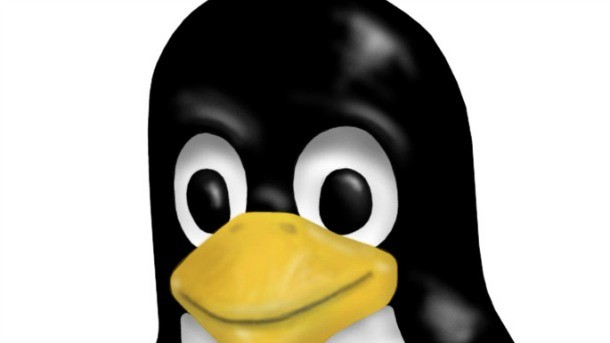How To Bring Linux Into Mainstream Gaming

An open operating system that you don't have to buy sounds like a win-win for gamers and developers, but many obstacles prevent Linux from moving past its current niche status. Here's what needs to happen to break Windows' dominance of computer gaming.
As awesome as a Linux-driven future sounds, we gamers can do little to bring it about. Two things bind computer gaming to the Microsoft platform so tightly that the Linux and Mac ecosystems are still only sideshows at best: driver support from Nvidia and AMD, and low-level application programming interface (API) software like DirectX. Understanding these challenges, even if you're unable to address them yourself, is the first step to advocacy.
Graphics drivers aren't just a way for Nvidia to annoy you by making you download another couple hundred MB every few months. Think of them as the bridge between all that fancy custom graphics hardware and your operating system. These hideously complex pieces of software translate what the computer is telling it about what it should display onscreen into commands that can be taken advantage of not only the GPU, but the advanced shaders and other bits of silicon that make up a graphics card. A modern CPU is an unbelievably powerful computational device, but it and its supporting architecture on the motherboard are general-purpose silicon that accomplish tasks by brute force. A modern graphics card, on the other hand, has highly specialized subsystems that can do very specific tasks extremely quickly. The driver is the software that makes those specially designed bits work, and how well the driver itself is written has huge effects on stability and raw performance.
Because Windows is so ubiquitous, both Nvidia and AMD expend massive resources in making their drivers as efficient and stable as possible. Linux drivers, on the other hand, are a much lower priority and in some cases are even hacked together by the open-source community (which brings its own set of problems). Both Linux and Mac use the OpenGL API framework, and so drivers written for both can share large portions of their code – but they're far from 100-percent compatible. This presents a chicken-and-egg problem: Few people game on Linux because there aren't many games, and companies don't bother making competitive drivers because the market isn't large enough to make it profitable.
This all sounds like doom and gloom, but good news exists in all this. The traditional solution to this kind of chicken-and-egg problem is for someone to break the cycle with a large, one-time expenditure that gets things moving in the right direction. In this case, the obvious target would be for a company to bite the bullet and invest a big chunk of money into better driver/API support on Linux, making it easier for developers to port their games over. Enter Valve and its SteamBox initiative. Making a gaming-ready computer available at the low cost Valve seems to be aiming for is a lot easier when every box doesn't include a $100 Microsoft tax. Valve cracking the code to either make WINE (a Windows emulator for Linux) or native Linux support approach Windows in stability and performance would be exactly the kind of kick in the pants Linux gaming needs to get off the ground, especially coupled with a growing install base thanks to low-cost gaming computers like the SteamBox.
Much of this analysis has focused on Valve, because frankly the company is exactly the kind of technically talented, cash-rich entity that might see pushing Linux infrastructure as a good investment. Plenty of other developers and retail services would no doubt love to expand their businesses onto Linux, especially in the face of Microsoft's steps with Windows 8 to lock down its ecosystem into something more akin to the walled garden of Apple's iOS, but none fit the bill quite so perfectly as Valve.
So what can you do? Let your favorite developers know that you'd love to see their games on Linux. Making your voice heard does make a difference. Even if they don't respond, every developer I've talked to about it insists that they read all their fan feedback. Give Linux a shot yourself – after all, it's free, and dual-booting Windows and Linux is easy to set up. Popular distributions like Ubuntu are much more user-friendly than they were years ago, and free software is out there to handle most common computing tasks. Grab Linux clients for any games you already own, and connect to Steam and other services with Linux. Seeing their number of Linux users inflate is one of the most powerful arguments to sway developers into pushing for greater Linux representation.
This may seem like a whole lot of pontificating about a solution in search of a problem, but I absolutely believe that even though I like Windows 7 and other Microsoft products, an open-source platform guarantees a much brighter future for computer gaming. Maybe Microsoft has no plans to lock down Windows 8 further than it already is, but I'd feel better if my favorite hobby was immune to being held hostage by any single company. Executives retire or are replaced, businesses evolve, and priorities change. I'd rather not tempt fate.

Get the Game Informer Print Edition!
Explore your favorite games in premium print format, delivered to your door.
- 10 issues per year
- Only $4.80 per issue
- Full digital magazine archive access
- Since 1991









